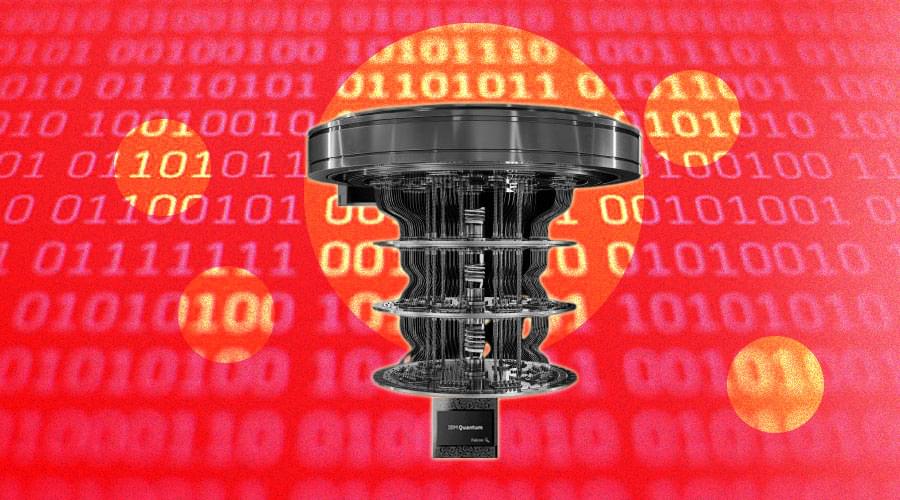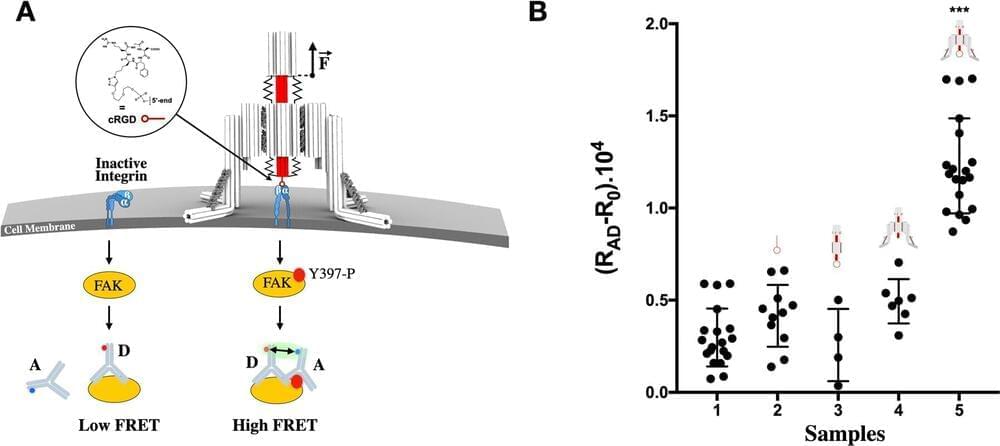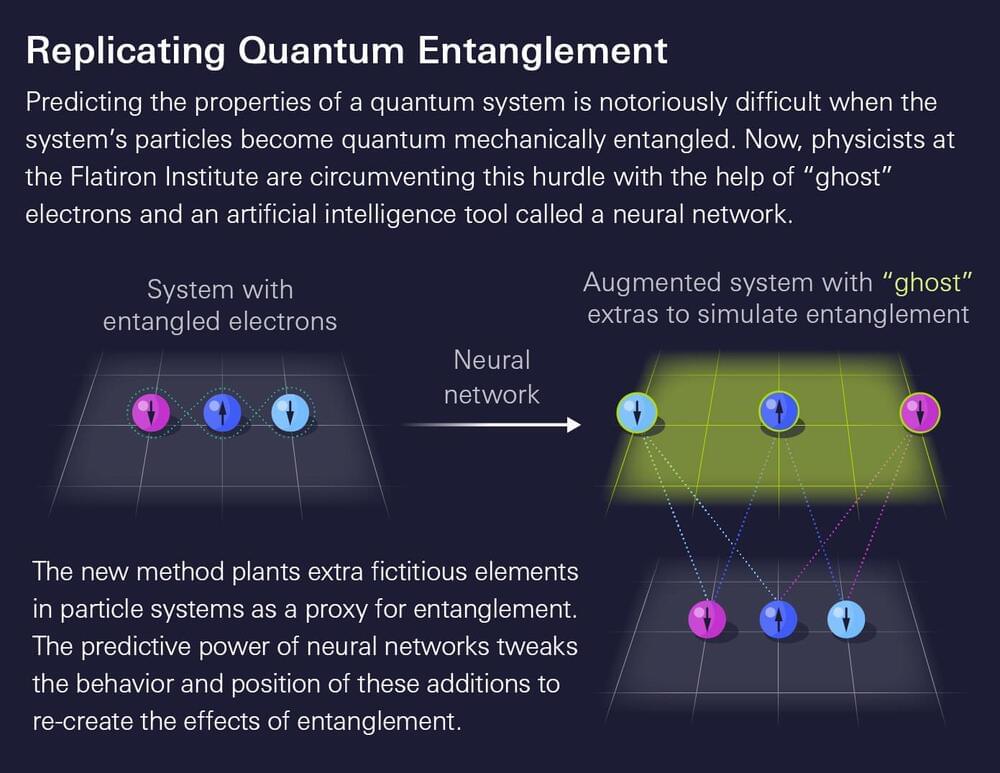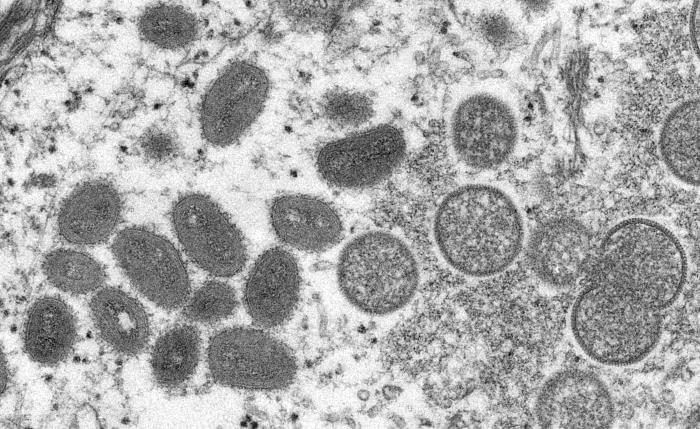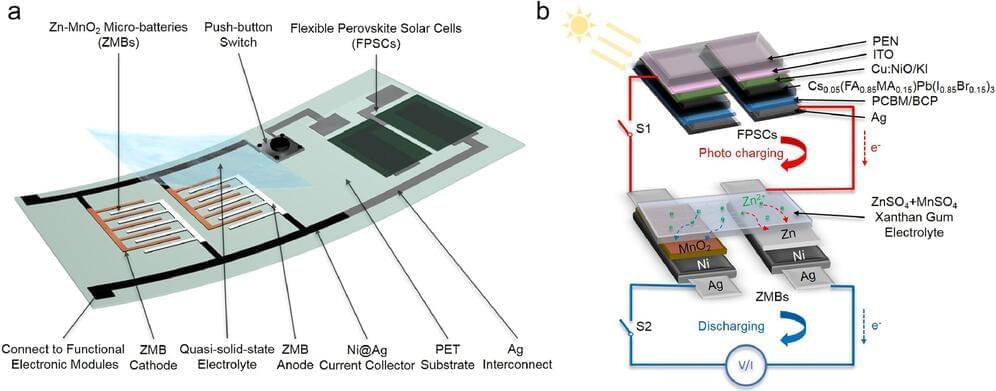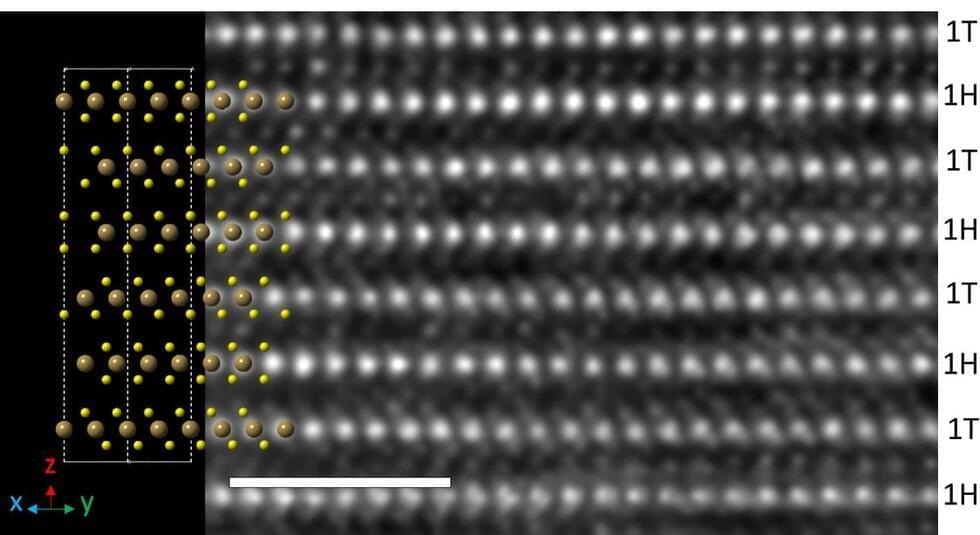Aug 3, 2022
Quantum Computers can Look Beyond Zeros and Ones! Research Reveals
Posted by Jose Ruben Rodriguez Fuentes in categories: particle physics, quantum physics, robotics/AI
View insights.
The University of Innsbruck, Austria, realized a quantum computer that breaks out of this paradigm and unlocks additional computational resources, hidden in almost all of today’s quantum devices. Computers are well-known for operating with binary information, or zeros and ones, which has led to computers powering so much. This new approach results in more computational power with fewer quantum particles.
Quantum computers work with more than zero and one and digital computers work with zeros and ones, also called binary information. Quantum computers are also designed with binary information processing in mind. In fact, it was so successful that computers now power everything from coffee makers to self-driving cars, and it’s hard to imagine life without them. Restricting researchers to binary systems prevent these devices from living up to their true potential.
Continue reading “Quantum Computers can Look Beyond Zeros and Ones! Research Reveals” »
